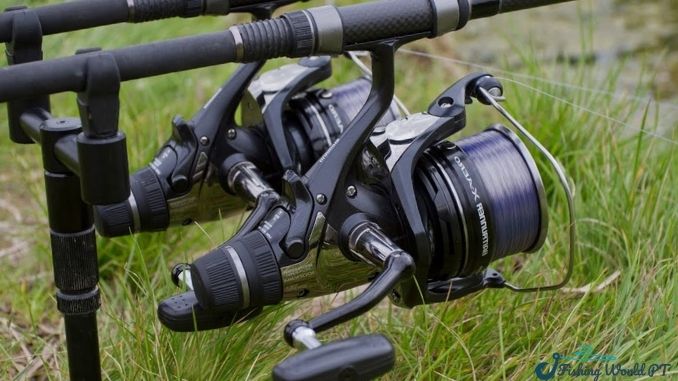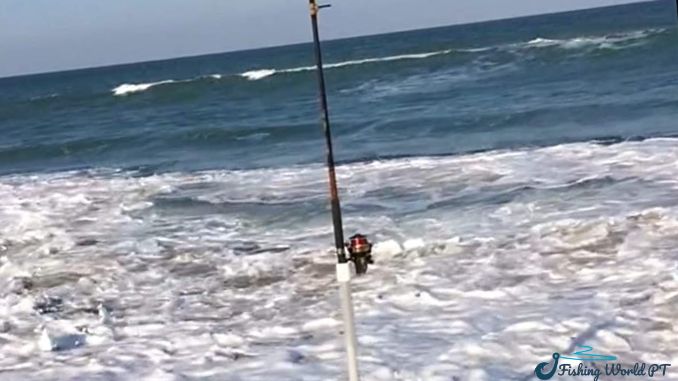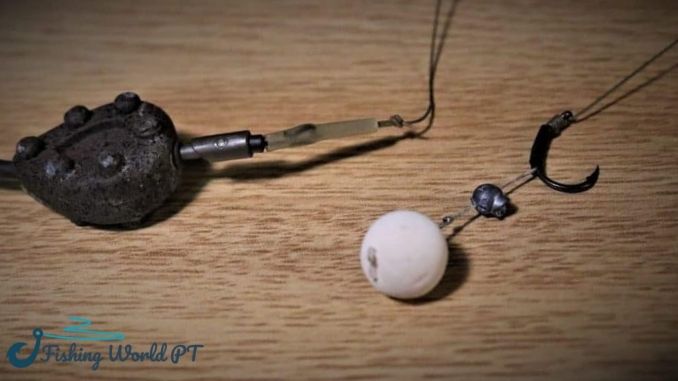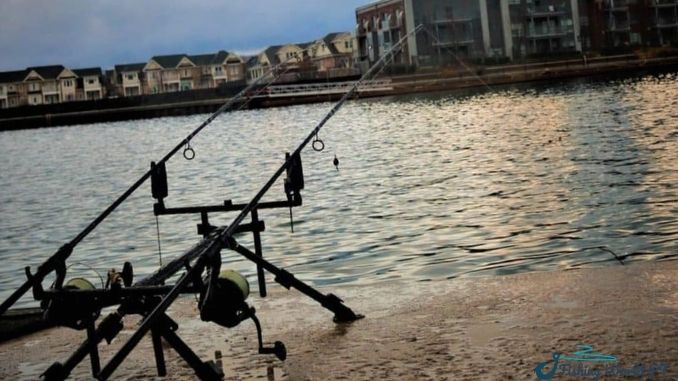Fishing is always an exciting sport. It has a variety of styles such as rock fishing, saltwater fishing, float fishing, another one…You can freely choose the fishing environment from the coast to the sea and in streams, lakes, and even on ice.
There are so many things you have to know to set up a gear that includes rod, reel, line, lure, and more. Its variety baffled me when I first started becoming an angler. So which reels should you choose?
Reels have many types, like baitcasting reels, spinning, Spincast, bait feeder, fly, inline, centrepin,… I can’t list them all; there are so many genres and variations. And, of course, if you already have specific goals, it is unnecessary to know all of that reels. Yeah, I don’t know all about it
I’m here to share my experiences to help you shorten your learning process somewhat about fishing reels. And as for the title question, I will share everything I know about baitfeeder reels in this article.
So, how does a bait feeder reel work? It is a reel with a “dual drag” system (primary and secondary), with a lever at the rear switches between the two drag systems. The highlight is the secondary drag system; when it is turned on, the fish take the bait and swim freely without any significant resistance from the line. When you spin the reel handle or the level, it will return to the primary drag mode, and you can now fight the fish.
It also helps easily get the line out of the spool and avoid dragging your fishing gear into the water.
For more information about the bait feeder reel, you can continue reading below.
Other information to know about baitrunner reels
Bait feeder reels have other common names such as baitrunner reel and free pool, Live liner, Bite-n-run. It first appeared on the market in 1987 the UK and was released by Shimano.
The special thing about the baitrunner reels is that it has a secondary drag system, which is located behind the reel when conventional reels do not. I do not know if anyone has ever been pulled out of the sand spike or rod holder by big fish and sunk into the water as I have.
I used to think that just making sure the sand spike was deep enough, but nothing is absolute when it comes to surf fishing, it can slowly melt the sand around it.
That wouldn’t have happened if using the bait feeder reel right then and there. If that were the case, you should know the drag would be 1-2 pounds with the baitrunner reels.
When I use this reel, I usually take a few seconds to let the fish swim freely as it takes the bait to make sure the hook is fully seated in the fish’s mouth. The reason is that when I crank the drag down for a few seconds, the fish can use this time to pull the hook, which costs me a lot of fish.
Besides it, we cannot ignore great support-Bolt Rig. It can help the fish to hook itself when it picks up the bait.
In short, you need to set up the secondary drag system on the spool behind your reels more loosely, ensuring enough tension to keep the spool line from twisting and giving a few seconds for the fish to swim freely when it takes the bait. That can avoid too much impact from the big fish and take your fishing rods.
When to use bait feeder reel? ( carp fishing)
Two types of bait commonly used in free spool reels are large live or cut baits. It is suitable for saltwater fishing such as surf fishing, inshore fishing(bottom-feeding fish), boat fishing (snapper, grouper).
As for freshwater fishing, the baitrunner is suitable for none other than carp fishing. It is an easier and more versatile reel than most other reels for carp fishing.
In addition to the two types of bait mentioned above, you could also use chunk bait when fishing for carp and catfish.
My targets when using a baitrunner reel are usually Stripers, Bluefish, Kings, Jewfish, and Snapper.
Advantages of bait feeder reel( free-spool
By the time you’ve read this far, you’ve probably already seen the considerable advantage of bait feeder reels. It can help you hold back the rod when you are faced with Big fish. You don’t need to learn how to adjust the main drag on the fishing rod and still fish live-lined bait.
Besides, you can fish many rods at the same time. You just need to put it on the sand spike or rod holder, and then you can rest comfortably because you can put the hook after the fish bites the bait and swim freely for a while with a certain tension in reels, doing everything without staring all the time to be ready to fight, the reels work for you.
Conclusion
If you are fishing with live bait, then I recommend using a bait feeder now. Its price ranges from 10$-1000$ depending on its capacity. And if you’re into carp fishing, I don’t think any reel other than the free spool would be a more suitable one for you.
That’s all I know about the bait feeder reel. One of my hobbies is sharing helpful information with my companions, especially beginners, working better next time.
Further reading:
- For more information on other gear, refer to Fishingworldpt.
- What is the baitfeeder reel?





